Financial Literacy for Business Owners
By Heather Hoffman, Marketing and Communications Specialist
04/2024
April is Financial Literacy Month! When you think of financial literacy, you might think of the basics: start saving for retirement early, make a budget, invest in stocks, etc. While those are certainly necessary to start understanding finance, financial literacy doesn’t end there. It should be an ongoing knowledge quest that evolves as your life changes. For business owners, this is especially true. Being able to understand and maximize all financial aspects of your business will allow you to create a long-term plan, maximize profits, reduce overhead costs, and more. Keep reading for 3 ways to improve your business financial literacy.
Understand and track your business’s key financial ratios
In order to fully understand the financial health of your business, there are some ratios that are important to monitor.
- The debt-to-equity ratio compares the amount of debt your business has compared to its equity.
- Debt-to-equity ratio= Total Liabilities/ Shareholders’ Equity
- The current ratio measures the ability of your company to meet its short-term obligations through its short-term assets. The higher the current ratio, the stronger the liquidity position.
- Current ratio= Current Assets/ Current Liabilities
- The gross profit margin calculates the percentage of revenue that exceeds the cost of goods sold; it is a profitability ratio.
- Gross profit margin= (Revenue- Cost of Goods Sold)/ Revenue * 100
- The inventory turnover ratio measures how quickly a business replaces its inventory. A high turnover shows that sales are occurring frequently, and inventory is not being stored for unnecessary amounts of time.
- Inventory Turnover Ratio= Cost of Goods Sold/ Average Inventory
- The customer acquisition cost ratio calculates how much money a business spends to acquire one new customer. This measures the effectiveness of marketing and sales efforts. The lower the cost, the better it is for the company.
- Customer Acquisition Cost Ratio: Sales/ Marketing Expenses/ Number of New Customers
These are only 5 ratios you can apply to your business. There are many more you can utilize to check the financial health of your business.
Understand your business financing options
Even if your business is not needing financing options at the moment, it is important to have a plan for when you might need it. Here are a few tips when it comes to considering business financing.
- Lenders often prefer to see business owners that have put their own money into the business. Ensure that you can show what you have contributed financially to the company, and bring all necessary documents to the meeting with the lender. They want to see a history of profits and an organized management of the company.
- Current assets, like accounts receivable and inventory, should be financed with current liabilities, like credit cards. Fixed assets should be financed with long-term loans. This helps prevent business owners from paying for something long-term that they only utilize short-term.
- When asked to put up collateral, make sure you evaluate the risks associated with each option. If you put up your company car as collateral for a business that specializes in home deliveries, the business will cease to continue if that collateral is needed. Instead, you can consider something that is not integral to the operations of the company.
Take steps to mitigate business risk
Every business comes with risk. While you are probably aware of some risks like theft, natural disasters, and economic performance, here are some you might not be monitoring.
- Employee turnover rates can put your company at risk. Employees often get paid more while they are training others, which is an increase to salary expenses. New employees often make mistakes, which can cause profit loss. It is important to understand why you have a high employee turnover rate, and take steps to fix it.
- Not updating access permissions to operation systems can put your company at risk. Make sure to remove any employees who are no longer with the company, and don’t just hand out the highest access level to anyone.
- Having a large number of regulars at your business may sound great, but this actually serves as a risk. Having a small group of customers make up most of your sales means they can leave at any time and cause a hit to your profits. By having a diverse group of customers, this risk is spread out among more people. The same can be said for vendors; ensure your vendor choice is not limited.
By keeping track of business ratios, understanding your financing options, and taking steps to mitigate business risk, you are on track to increasing your business financial literacy.
The opinions voiced are for general information only and are not intended to provide specific advice or recommendations for any individual.



